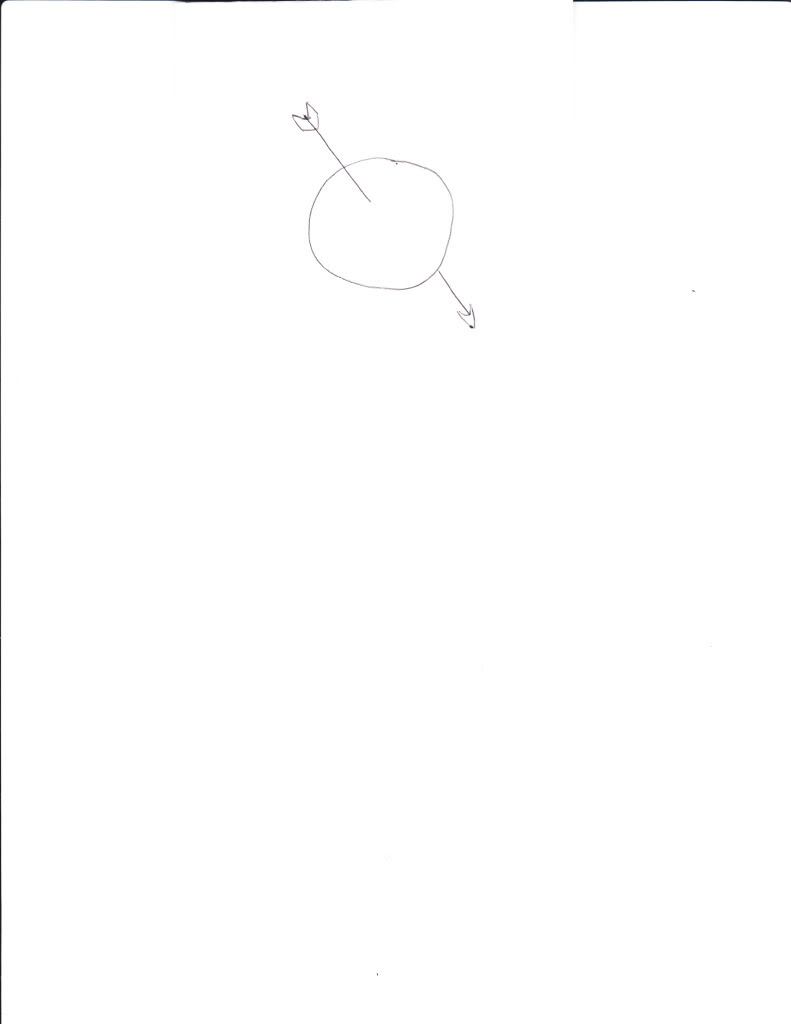Posts: 599 Location: Brooklyn, NY
Tue 08 Dec, 2009 8:00 am
I have looked into this in some detail and posted the calculations on this webpage about 4 years ago:
http://mysite.verizon.net/tsafa1/longbow/longbow.htm
The calculation is straight forward in a vacuum. If the arrow is shot at a 45 degree angle and there is no drag (air resistance). Gravity is the only factor and the formula for range is
range = v^2/g
Kevin, you said you want to hit that target while it is a the top of its arch. I would expect that means dividing the calculated range above by 2. The arrow should be completely horizontal at the half way point where it is at the top of its arch.
Once you factor in drag it becomes very difficult. The drag is subject to variations in the condition of the air.
range = v^2/g ( 1 + cv^2/mg)^-0.74
c = a constant number specific to each individual arrow that allows for the effect of drag.
Kevin, again divide the range by 2 to figure where the top of the arch is.
To calculate Exit Velocity.
v = (eFx/m)^1/2
v = The exit velocity.
e = The efficiency (all force applied in the same direction). We can assume it will be 70% for most medieval bows. Modern bows are close to 1. If the value is 1 is has no effect in the equation.
F= The force to draw the bow fully, commonly known as draw-weight. Keep if mind that for every inch you underdraw a 50 lb bow, you loose 3 lbs of force or 6%.
m= Mass of the arrow. This will vary based on the arrowhead and length.
x= This is the distance that the string will travel from its rest position to its fully drawn position. This is equally important to the draw-weight. If you underdraw you arrow this factor will deminish. Also remember that for every inch you underdraw a 50 lb bow, you loose 3 lbs of force or 6%.
Note: The ^1/2 in the formula is the same as taking the square root of (eFx/m).

